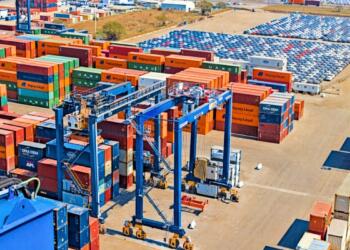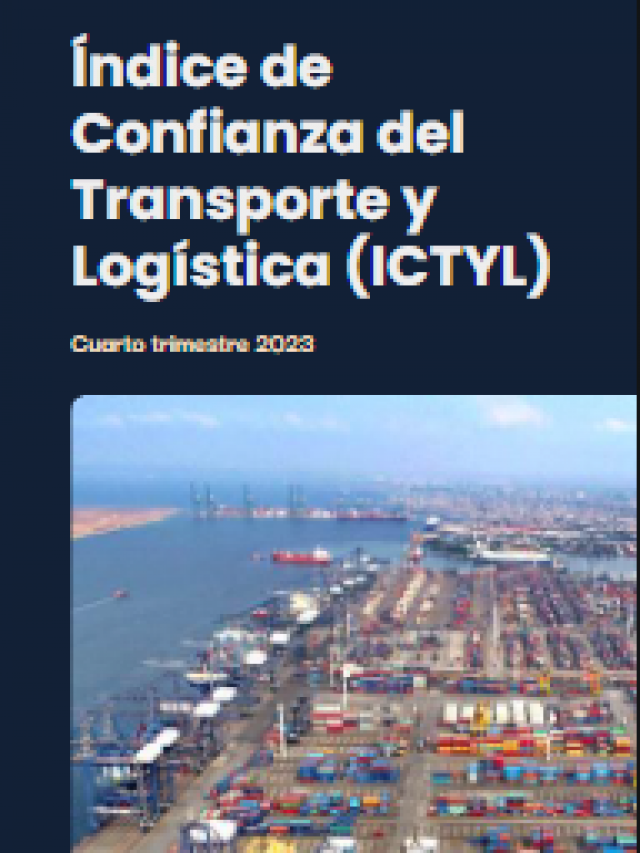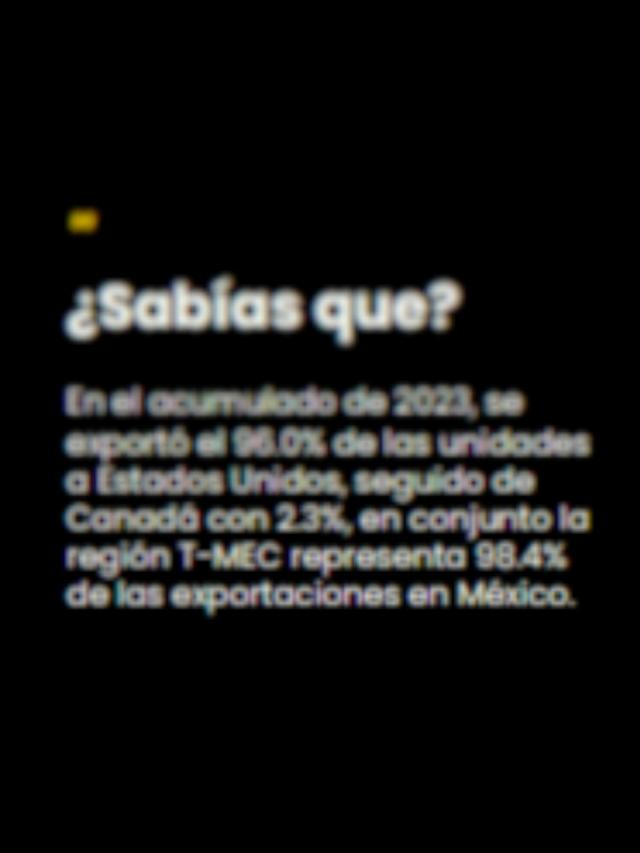
The United States’ tariff policy on Mexican imports represents one of the greatest threats to North America, one of the most commercially integrated regions in the world. It would also affect the agricultural, manufacturing, and mining industries in at least 15 Mexican states . It would also impact the workforce, putting more than 4.1 million jobs in the country at risk.
Manufacturing jobs would be one of the most affected, as this industry covers almost three million of these jobs, or nearly 70% , according to the study North American Trade Integration and Risk: Exposure of Mexico’s Sectoral Workforce to US Tariffs , conducted by researchers Daniel Covarrubias and Heleodoro Lozano of the Texas Center for Border Economic and Enterprise Development at Texas A&M University .
“Mexico, a country whose export-driven economy and specialized industrial base make it particularly vulnerable to changes in U.S. trade policy,” the analysis states.
Affected States
The analysis estimated that at least 15 states are at varying levels of exposure (high, moderate, and low) to job losses due to U.S. tariff measures and North American trade disruption.
In this regard, the Mexican states most at risk of job losses—with more than 400,000 jobs at risk— are:
- Jalisco with 442,271 total jobs.
- State of Mexico with 433,519 total vacancies.
- Baja California would be the third entity with the most jobs at risk with 413,137 .
In turn, the states of the Mexican Republic with moderate exposure , those ranging from 200,000 to 400,000 jobs at risk are:
- Nuevo León with 373,030 vulnerable jobs.
- Guanajuato would put 372,685 jobs at risk .
- Chihuahua with 370,862 jobs at risk.
- Veracruz with 368,045 vulnerable jobs.
- Puebla with 304,605 jobs at risk.
- Coahuila would contribute 254,797 vulnerable jobs.
- Tamaulipas with 216,124 jobs at risk.
According to the analysis, the entities with low exposure , that is, less than 200,000 jobs at risk, are:
- San Luis Potosí with 180,417 vulnerable jobs.
- Sonora with 178,221 jobs at risk.
- Querétaro would contribute 154,110 exposed jobs.
- Durango could have 80,957 jobs at risk .
- Aguascalientes with 142,124 vulnerable jobs.

These states, which range from Baja California and Nuevo León to Guanajuato and Chihuahua, represent the epicenter of Mexico’s economic integration with the United States and Canada. Their export intensity, their participation in the cross-border supply chain, and the specialization of their workforce make them especially vulnerable to trade disruptions, the study noted.
The analysis also revealed that, in these states, 65% of the jobs at risk are in the manufacturing sector and 34% in agriculture.
The sector with the fewest jobs at risk is mining, with only one percent .

The study provides a data-driven overview of the deep connection between Mexican employment and regional trade. While each state has specific exposure patterns, the findings demonstrate that any significant disruption to North American trade will impact border states and various areas of Mexico’s interior.
It is worth remembering that in February 2025 the physical volume of manufacturing production, a sector that would have more jobs at risk, increased 2.6% compared to the previous month and also had an annual rate increase of 1.4% , after having registered three months of decline, according to the National Institute of Statistics and Geography (Inegi) .
Comment and follow us on X:@miroslavacs / @Eliseosfield / @GrupoT21















